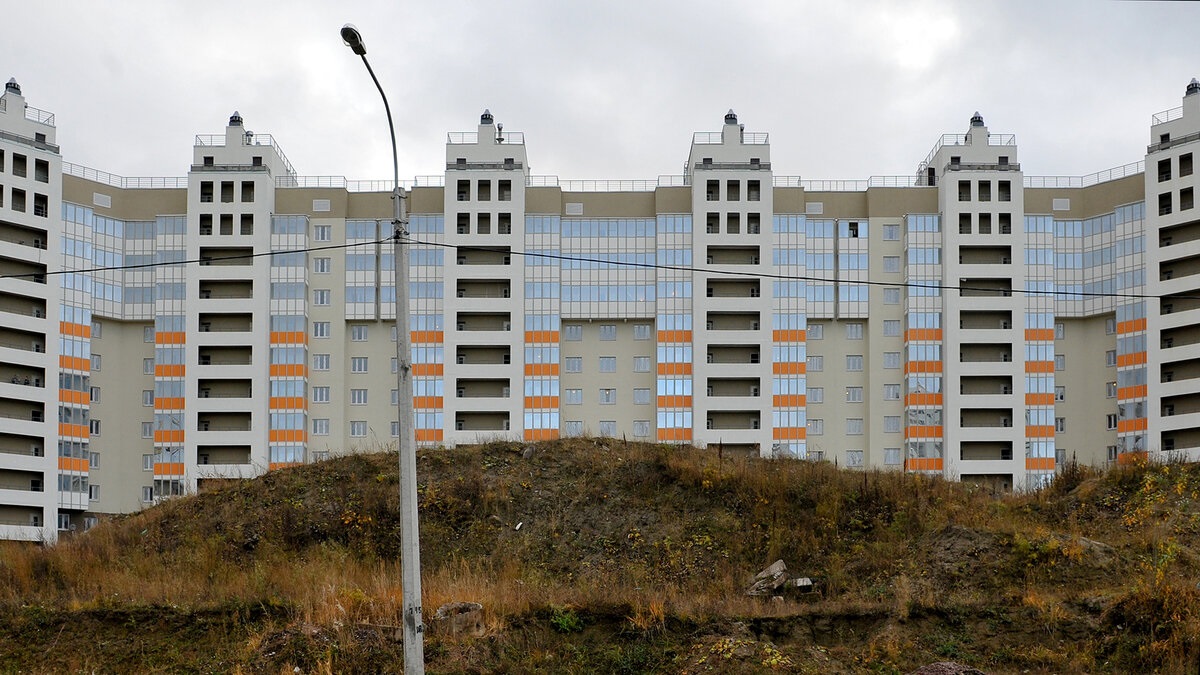The real estate market in Russia is facing a new challenge: the reduction of the refinancing rate and the cancellation of preferential mortgages simultaneously create uncertainty and require careful analysis

When the refinancing rate is lowered, it aims to increase economic activity by making loans more accessible. This reduction can lead to lower interest rates on mortgage loans, which theoretically should make housing more affordable and increase demand.
However, the cancellation of preferential mortgages deprives the market of an important state support mechanism that has significantly contributed to its growth in recent years. Without this support, many potential buyers may face difficulties due to higher rates and stricter lending conditions.
The cancellation of preferential mortgages is likely to lead to a decrease in the number of people wishing to purchase housing with the help of mortgage loans. Although the reduction in the refinancing rate should mitigate this effect, real mortgage rates remain high for most citizens.
In the short term, there may be a surge in demand from those who want to secure a mortgage before the complete cancellation of preferential terms. However, after the cancellation of preferential mortgages, demand may drop sharply, especially in the affordable housing segment. Over time, demand may stabilize at a lower level, leading to structural changes in the real estate market.
The decrease in demand will inevitably affect supply. Developers, facing a reduction in the number of transactions, may slow down the pace of construction of new properties or revise their projects. This could lead to a reduction in the number of new projects and the freezing of construction. In the future, a shortage of new buildings is possible, which may cause a rise in real estate prices.
In regions where the market is less developed, the consequences may be more significant. A decrease in demand and a slowdown in construction could lead to a substantial reduction in housing prices.
The reduction of the refinancing rate and the cancellation of preferential mortgages create a complex and uncertain situation in the real estate market in Russia. Potential buyers and investors should be prepared for changes.




